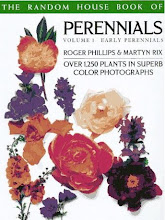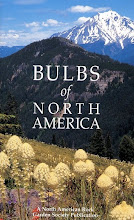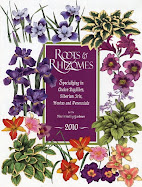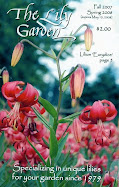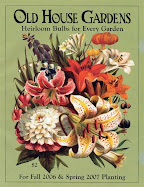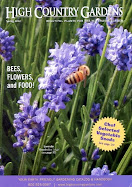East of the mountains is, for me, another county. It could not be
more different than the land west of the
Cascades. It has an austere
beauty, a severe climate with little rain & a relentless sun. I
went there on the 1st weekend in May of 2013 in a borrowed car.
East of the Mountains is also a novel by David Guterson. I recommend it.
Crab Creek May 2013
I arrived at the
Crab Creek trailhead in the
Columbia NationalWildlife Refuge at 3 on Saturday. A sign told me rattlesnakes are
common & protected. They bite when they were provoked or startled. As
I was still pondering how not to startle a snake (Should I shout out
some sort of greeting?) I heard the rattle in the grass very near my
feet. I bolted. Then every rustle of grass in the wind made me jump. I was walking through thick vegetation along the creek on a
trail that was lost or overgrown in places. There were
sagebrush, many grasses & huge areas of shrubby hawthorn.
Erigeron (Fleabane) at Crab Creek May 2013
I came to a broken-down stair of railroad ties that climbed out of
the creek bed & onto the sparsely furnished plateau. The
views, the wildflowers & the land were beautiful there. It would
be very easy to spot a snake. It was also very windy. My hat blew off my head & down the cliff. I climbed down to retrieve. I hoped the path I had taken along the
top of the low basalt cliffs would lead me back to the trailhead
without passing through the area of the snake. But the trail,
perhaps created by animals, became more & more sketchy, then
disappeared.
Crab Creek May 2013
I cautiously retraced my route, whistling loudly. Another
rattlesnake crossed my past less than 3 feet ahead of me. They are
much less threatening when in transit, the rattle trailing mutely behind.
When I reached the car, I found that the rear window had been smashed
to pieces. Already unnerved by the snakes, I found this act of
violence very disturbing. I had never driven with a window missing.
I wondered whether I would be sucked out of the car driving 70 mph, or stopped by
the highway patrol & left to walk back to Seattle.
Phlox speciosa at Crab Creek May 2013
Nothing happened on the way to
Moses Lake. I asked the
woman at the motel for the number of the police. I knew she was
going to ask me why. The officer was not familiar with the location.
'You gotta help me out here,' he said. I felt this was ironic
considering the distance I had traveled & the fact that he was
stationed less than 20 miles from the incident. I mentioned that I
thought I might need to make a report for insurance purposes. 'You
don't gotta file an accident report, because there was no accident,' he
said. No, I thought, it was very much on purpose. He said he would pass the
information on to the rangers. I tried to call Rusty & Steve. I
spoke with Dale & my mother.
If you ever need to eat in Moses
Lake, go to
Michael's Market & Bistro.
Phlox & Achillea (Yarrow) at Gloyd Seeps Wildlife Area May 2013
I didn't sleep well & woke early. I drove a short distance to
the
Gloyd Seeps Wildlife Area. Near the parking lot, it was flat & dotted with stunted sagebrush. Perhaps
the land had once been cleared for a field. There was agricultural
land all around. The abandoned 4-wheel drive track that the
Washington Trails Association website told me to follow for 3 miles
ended in a cleared field in about ¼ mile. There was no sign of
snakes & quite a number of wildflowers: large mats of
phlox, with fleabane, larkspur, lupine & yarrow scattered about.
But still, I was disappointed.
While I was eating breakfast at Somebody's
Family Restaurant, my mother called. She said I had to cover the
window with plastic or risk carbon monoxide poisoning. 'I don't have
any plastic,' I said. ' Keep your windows down & if you feel
sleepy, get out of the car,' she advised. I did feel sleepy, because I hadn't
slept well. I kept thinking about carbon monoxide.
Frenchman Coulee May 2013
When I got near Vantage, on the Columbia River, I exited
Interstate 90 on the spur of the moment. I had been down that road
to Frenchman Coulee with Rusty a few years before. It was the
highlight of the trip. The rugged scenery & abundant wildflowers
were just what I needed.
Erigeron (Fleabane) at Frenchman Coulee May 2013
Lewisia rediviva (Bitterroot) at Frenchman Coulee May 2013
Balsamorhiza sagittata (Arrowleaf Balsamroot) & Artemisia tridentata (Sagebrush) at Frenchman Coulee May 2013
Frenchman Coulee May 2013













































































